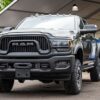Venturing into space has always demanded audacious ideas and bold engineering. Throughout history, visionaries and engineers have dared to think outside the conventional pathways, proposing spacecraft designs that stretch the imagination and challenge the status quo. These unusual designs, often born from the need to overcome significant technical and environmental challenges, highlight the relentless human pursuit of expanding our reach and capabilities beyond Earth.
This article delves into some of the most unconventional spacecraft designs ever conceptualized. From nuclear-propelled giants to spacecraft that operate more like airplanes, these designs pushed the boundaries of what was technologically and politically acceptable during their times. While many did not make it past the drawing board or prototype phase, their legacy lies in the innovative approaches and technologies they introduced, paving the way for future explorations and methodologies in space travel.
Contents
Project Orion
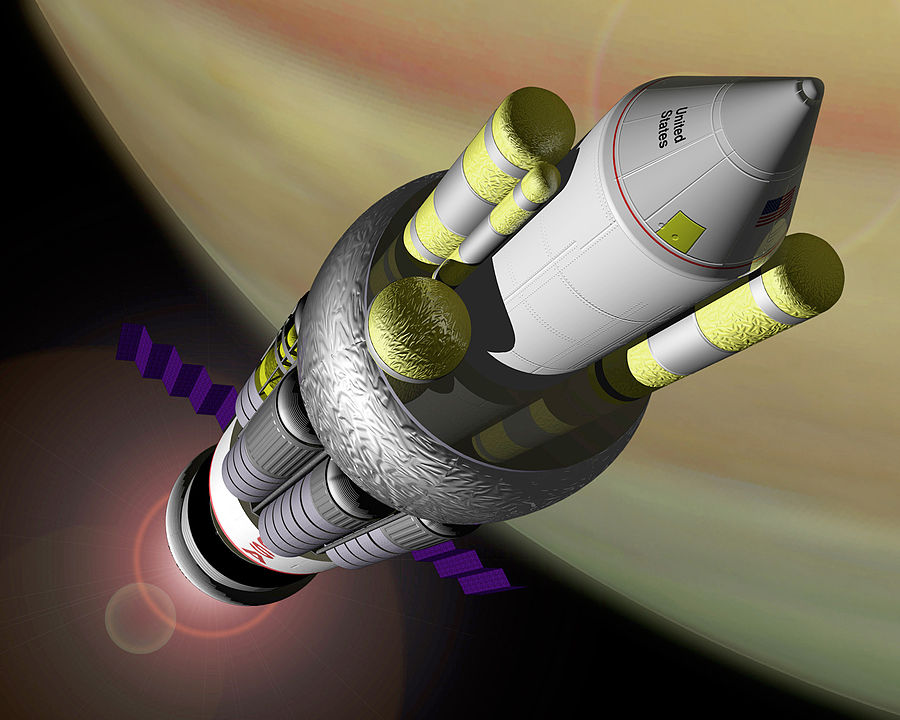
Project Orion was a daring design from the 1950s and 1960s that proposed using nuclear pulse propulsion to achieve the high speeds necessary for space travel. This method would have involved detonating a series of atomic bombs behind the craft to propel it forward. Despite its potential for reaching the outer planets, it raised significant safety and environmental concerns, leading to its cancellation after the Nuclear Test Ban Treaty.
HOTOL (Horizontal Take-Off and Landing)
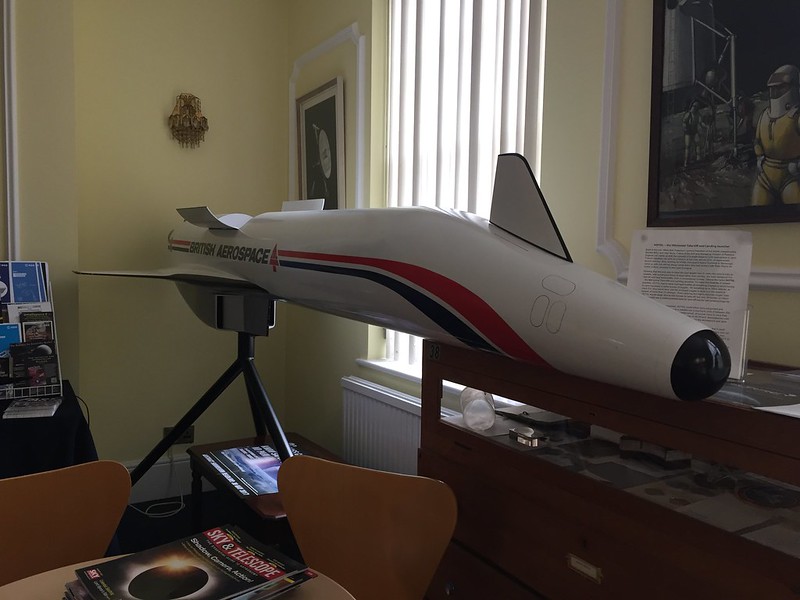
HOTOL was a British initiative to develop a reusable spaceplane that could take off and land horizontally like an airplane. Its innovative air-breathing engine, which was designed to convert to a rocket in higher atmospheres, made it a unique proposition for reducing the cost of orbital launches. However, technical and funding challenges in the 1980s eventually led to the project’s discontinuation.
Vostok Spacecraft
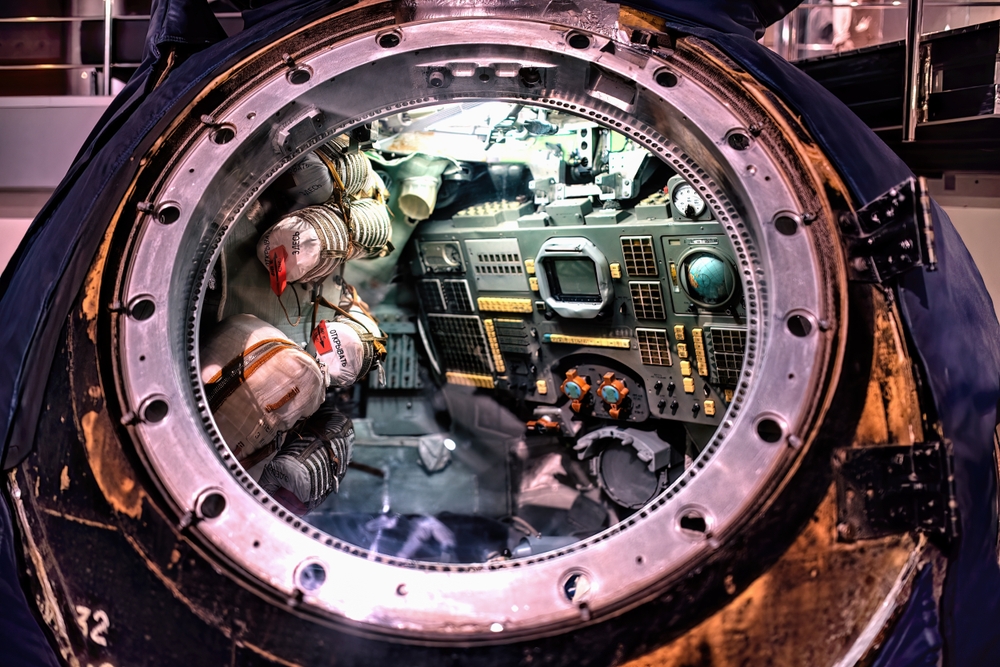
The Soviet Union’s Vostok spacecraft, which carried the first human, Yuri Gagarin, into space, featured a spherical descent module, which was unconventional compared to the bell-shaped capsules favored by the US. This design choice was driven by its simplicity and inherent stability during re-entry, though it offered less control over landing zones.
VASIMR (Variable Specific Impulse Magnetoplasma Rocket)
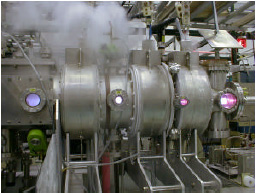
VASIMR represents a breakthrough in propulsion technology, using plasma as a propellant, accelerated by magnetic fields to achieve high speeds. This technology promises to drastically reduce travel time to Mars and beyond, making it a game-changer for future long-duration missions.
Roton
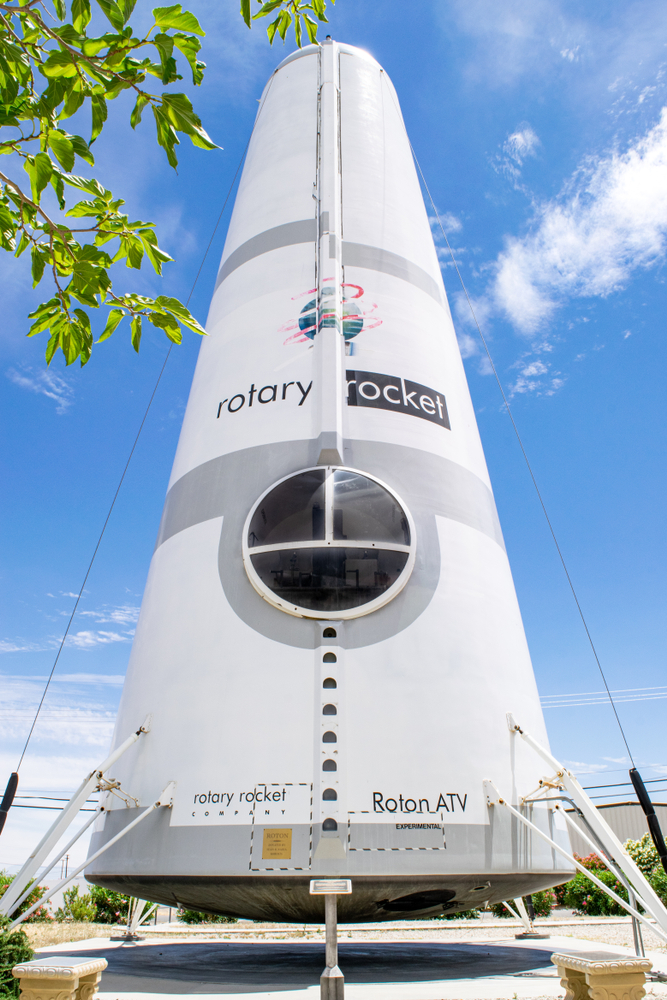
The Roton was an attempt to create a fully reusable spacecraft with a helicopter-like recovery system for vertical landings. Initially envisioned in the late 1990s, its rotary rocket design aimed to simplify return and landing procedures but struggled with technical viability and funding, leading to its eventual abandonment.
Project Daedalus
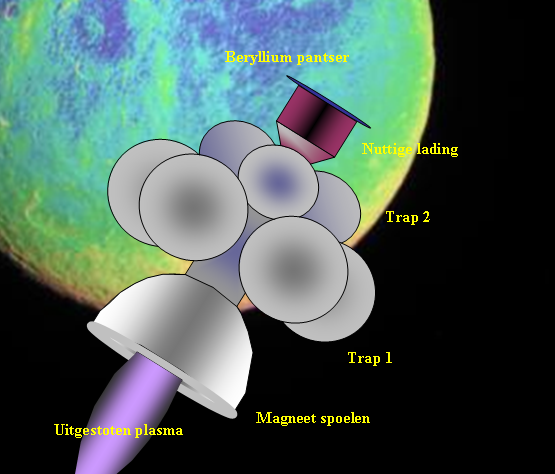
An ambitious concept from the British Interplanetary Society in the 1970s, Project Daedalus was a design for an unmanned interstellar probe propelled by fusion reactions. It aimed to reach nearby star systems within a human lifetime, pushing the boundaries of current propulsion technologies.
Sea Dragon

The Sea Dragon was an enormous rocket concept designed in the 1960s to be launched directly from the ocean. It was intended to be a low-cost, heavy-lift vehicle primarily constructed from simple, robust materials. Despite its potential to revolutionize space launches with massive payloads, it was never built due to its radical departure from conventional launch methods.
The Yellow Rose of Texas
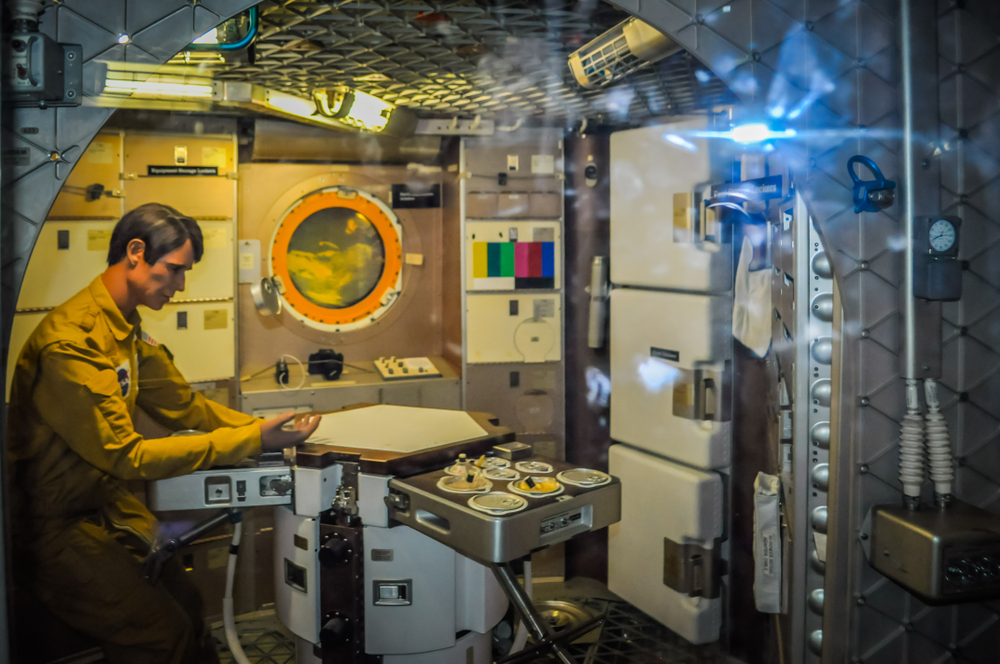
This concept was a part of the early space race imagination, featuring an unconventional design intended for sustained human life in orbit. It highlighted innovative ideas in life support and sustainable space living but remained a concept due to its ambitious scope and technological limitations at the time.
Manned Orbiting Laboratory (MOL)
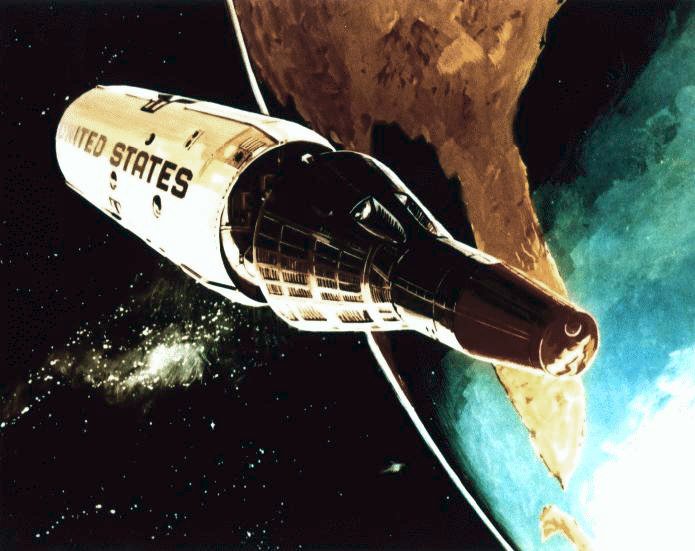
The MOL was a military project by the United States intended to deploy a manned military reconnaissance station in space during the Cold War. It combined aspects of space station technology with military reconnaissance capabilities, a concept that was ahead of its time but was eventually deemed too costly and overtaken by satellite technology.
X-20 Dyna-Soar
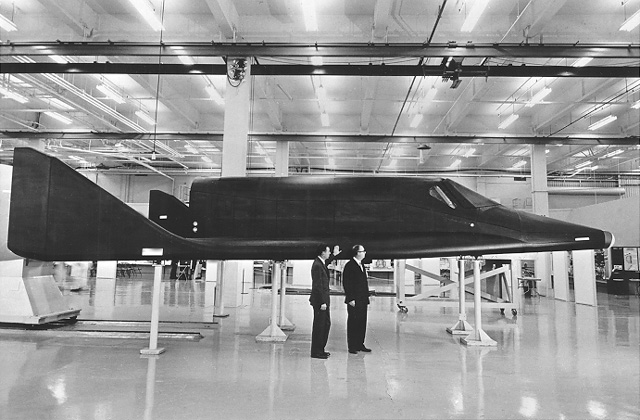
A part of the United States Air Force program, the X-20 Dyna-Soar was a hypersonic glide vehicle that integrated elements of spacecraft and aircraft technology. It aimed to place a highly maneuverable pilot-controlled vehicle into orbit, blurring the lines between air and space flight.
This article originally appeared on MyCarMakesNoise.
More from MyCarMakesNoise
17 Highest Rated Motorcycles for Long-Distance Touring

When it comes to long-distance touring, the right motorcycle can make all the difference. Comfort, reliability, and performance are key factors that riders look for in a touring bike. Read More
18 Problems Associated with Delayed Car Battery Maintenance

Keeping your car’s battery in good condition is crucial for ensuring reliable performance and avoiding unexpected breakdowns. Neglecting regular maintenance can lead to a host of problems, some of which can be costly and inconvenient. Read More
17 Discontinued Convertibles That Failed to Maintain Value

When it comes to convertibles, not all models stand the test of time. Some have seen their value plummet after being discontinued, leaving owners with vehicles that are worth far less than expected. Read More





